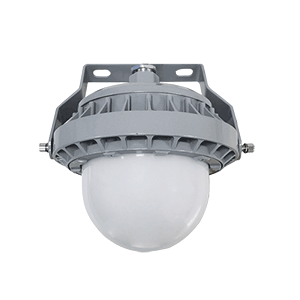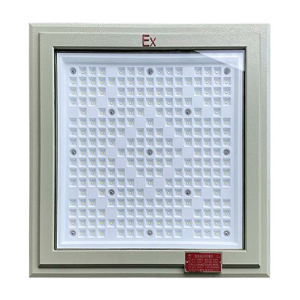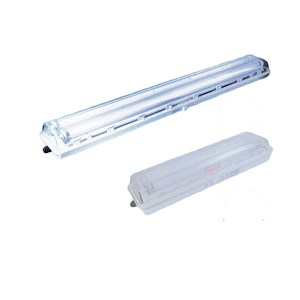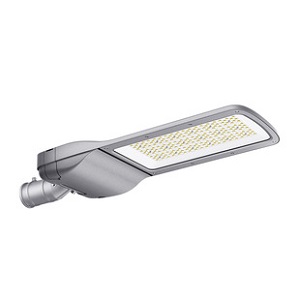Explosion Proof Knowledge in the Chemical Industry
Chemical industry explosion proof: Hazards in Petrochemical Enterprises
(1) Material Leakage in Equipment and Pipelines
Equipment and pipelines in petrochemical plants are prone to material leakage, which can form explosive mixtures. Petrochemical process units are categorized by function into furnaces (heating furnaces, pyrolysis furnaces, etc.), vessels (reactors, heat exchangers, separators, etc.), tanks (raw material tanks, intermediate product tanks, finished product tanks, etc.), towers (distillation towers, absorption towers, etc.), pumps (oil pumps, acid pumps, water pumps, etc.), machinery (fans, blowers, compressors, etc.), and complex process pipelines connecting equipment. Compared to other industries, petrochemical production units feature uneven equipment heights, large material processing volumes, complex operational controls, and a mix of dynamic and static equipment.
Design flaws, process defects, material corrosion, pressure fluctuations, mechanical vibrations causing fatigue damage, and failures in high-temperature or cryogenic pressure vessels can lead to leaks and explosions.
(2) Impacts of Temperature and Pressure Control
Temperature and pressure are critical control parameters in petrochemical production. Proper management of these parameters is essential not only for product quality and yield but also for fire and explosion prevention.
For example, ethylene polymerization releases 3,500 kJ/kg of heat. If the heat is not efficiently removed, temperatures exceeding 350°C can trigger explosive decomposition of ethylene.
(3) Risks from Impurities and Side Reactions
Unexpected impurities in raw materials or deviations in process conditions may cause hazardous side reactions or overreactions.
(4) Human Errors and Violations
Strict adherence to operating procedures minimizes fire risks. However, accidents often occur due to operational errors, inadequate training, or poor safety management.
Characteristics of Fire and Explosion Accidents in Chemical Plants
- Widespread Occurrence
Accidents occur nationwide across various facilities due to factors like complex processes, frequent equipment maintenance, outdated automation, and insufficient worker training. - Recurrence of Similar Incidents
Critical equipment failures (e.g., boiler explosions, gasifier leaks) often repeat due to inadequate safety reviews or failure to learn from past incidents. - Severe Consequences
Fires and explosions damage equipment, halt production, and endanger lives, leading to prolonged recovery times and social instability.
Common Causes of Fire and Explosion Accidents
- Flammable Gas Leakage
- Leaks at seals, corroded pipelines, broken water seals, or valve failures.
- Root causes: Poor maintenance, incorrect materials, or operational errors.
- System Negative Pressure
- Air ingress during shutdowns, water seal failures, operational mistakes, or blocked pipelines.
- Excessive Oxygen Levels
- Caused by equipment defects, operational errors, or faulty alarms in gas production units.
- Gas Cross-Contamination
- High-pressure gas entering low-pressure systems or air mixing with flammable gases due to valve errors.
- Unsafe Hot Work Practices
- Unauthorized welding, incomplete system purging, or inadequate isolation.
Preventive Measures for Fire and Explosion Accidents
1. Risk Factor Control
- Design Optimization: Use advanced explosion-proof technologies and reliable safety systems.
- Strict Operational Controls: Follow startup/shutdown procedures, manage temperature/pressure rates, and monitor process parameters.
- Equipment Management: Implement regular inspections, pressure vessel monitoring, and phased equipment upgrades.
- Automation and Safety Systems: Deploy interlocks and alarms to mitigate risks.
2. Ignition Source Management
- Open Flames: Restrict welding in hazardous areas; use steam heating where possible.
- Friction/Impact: Use non-sparking tools, magnetic separators, and explosion-proof machinery.
- Electrical/Static Sparks: Install explosion-proof electrical systems and grounding.
- Other Sources: Control high-temperature surfaces and vehicle exhausts.
3. Hazardous Material Management
- Store explosives, oxidizers, and flammables separately under controlled conditions.
- Add stabilizers to reactive substances (e.g., sulfuric acid in hydrogen cyanide storage).
4. Pressure Relief and Explosion Mitigation
- Install safety valves, rupture discs, and vents. Maintain these systems rigorously.
5. Fire Spread Prevention
- Use flame arrestors, check valves, firewalls, and safe spacing between units.
6. Process Parameter Control
- Sıcaklık: Avoid extremes that trigger runaway reactions.
- Pressure: Monitor and address pressure fluctuations promptly.
- Feed Control: Manage feed rates, ratios, and sequences to prevent hazards.
- Leak Prevention: Ensure equipment integrity and valve reliability.
7. Emergency Shutdown Protocols
- Train operators to handle power/utility failures and conduct regular drills.
8. System Sealing and Inerting
- Maintain airtight equipment to prevent air ingress.
- Use inert gases (e.g., nitrogen) to displace oxygen in reactive environments.
By implementing these strategies, petrochemical enterprises can significantly reduce fire and explosion risks, ensuring safer operations and compliance with global safety standards.





